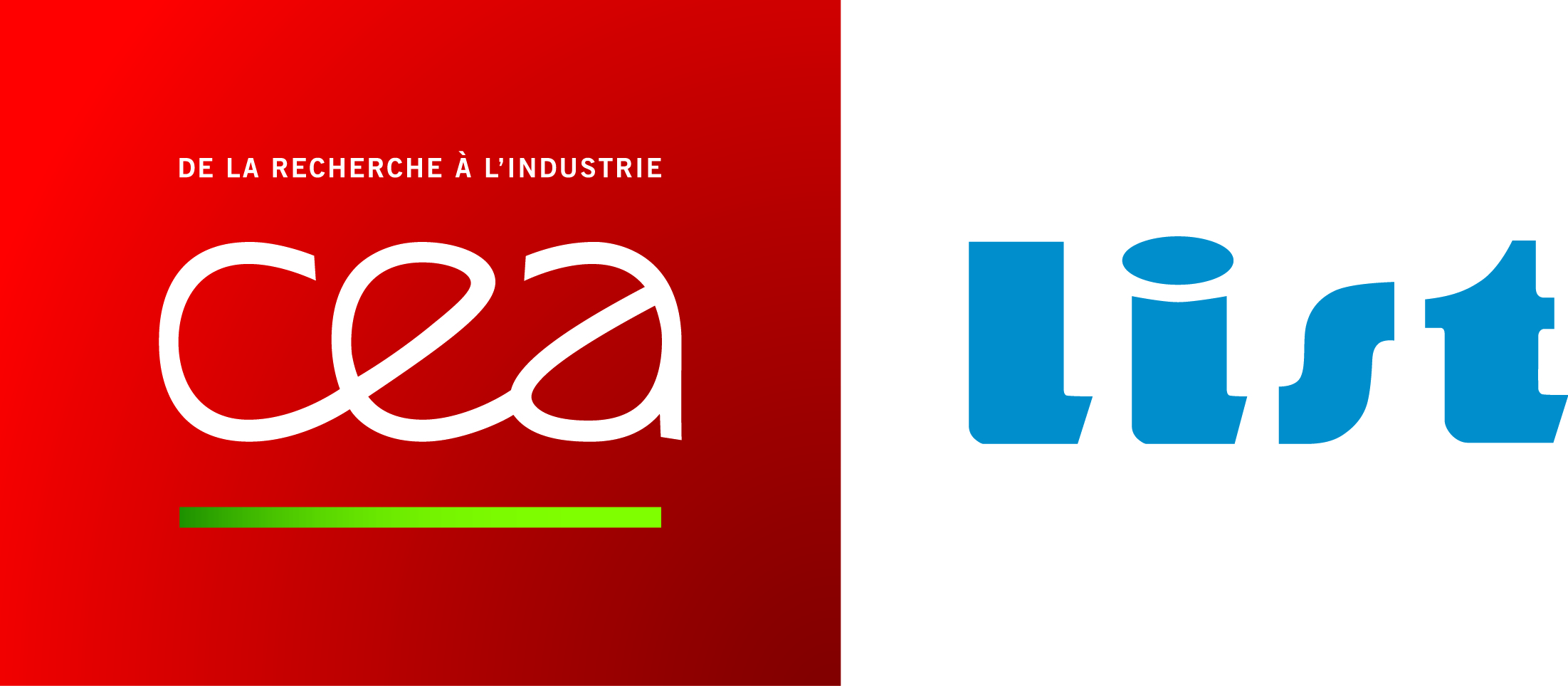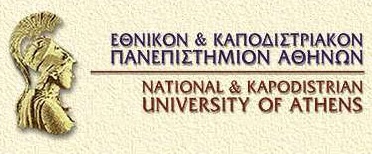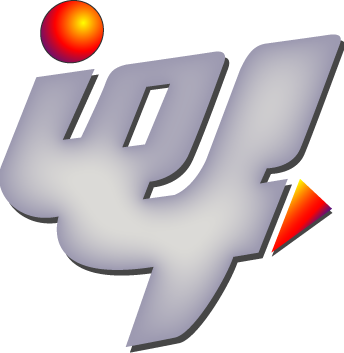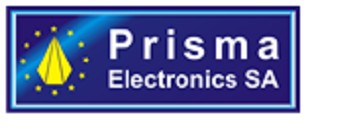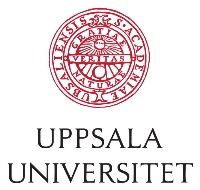Thales Systèmes Aéroportés (TSA), France
Philippe Dueme
philippe.dueme@fr.thalesgroup.com
Thales Systèmes Aéroportés is the European leader and ranks third worldwide in the market for airborne and naval defence mission systems and equipment. The company designs, develops and manufactures technologically innovative systems and equipment for combat aircraft, unmanned air vehicles (UAVs), special-mission aircraft, helicopters and naval platforms, and provides a complete range of through-life support services.
Drawing on advanced collaborative tools, Thales works with its customers from the earliest stages in the development of its systems and subsystems to ensure the deployment of optimal solutions.
Systems and equipment for air combat
Thales Systèmes Aéroportés provides air combat systems and equipment for both new aircraft and upgrade programmes. To help ensure mission success under all circumstances, the company supplies extremely high-performance mission systems and avionics for Rafale, Mirage and other major programmes.
Thales's combat systems architecture is fully scalable, and its electronic systems keep combat platforms at the cutting edge of performance while ensuring network-centric interoperability. From single functions to networked solutions, Thales covers all the operational requirements of air combat.
Thales Systèmes Aéroportés is a major player in the fire control radar market for combat aircraft, particularly the Rafale and the Mirage 2000. Europe's first active electronically scanned array radar, the RBE2 AESA is now in production and takes combat system performance to a new level.
Starting in 2012, the Rafale will be the first European combat aircraft to use the RBE2 AESA radar, enhancing detection and multi-target tracking performance and making it possible to track all targets in the radar’s field of view. Other operational benefits include the detection of targets with low radar reflectivity and improved high-quality ground imaging.
Thales Systèmes Aéroportés is recognised for its expertise in airborne electronic warfare for both intelligence gathering and aircraft self-protection. Designed to give the Rafale a decisive advantage in all situations, the SPECTRA electronic warfare system is fully integrated with the aircraft. Relying on active antenna and numerical analysis technologies, the system enhances tactical situation awareness and boosts aircraft survivability against air and ground threats.
For aircraft self-protection, Thales provides upgrade solutions for combat aircraft, transport aircraft and various types of helicopters ranging from sensors and jammers to complete, integrated defensive aids systems. Thales self-protection solutions play a crucial role in protecting aircraft and aircrews from all types of aggression, in particular against air defence and air-launched missiles, and also include mission planning and debriefing tools.
In addition to the RBE2 fire control radar and the SPECTRA self-protection system, Thales equips the Rafale with a broad array of discrete equipment and sensors: the forward-sector optronics (FSO), the IFF (Identification Friend or Foe), the DAMOCLES laser targeting pod, the AREOS reconnaissance system, missile seekers for the aircraft’s MICA missiles, real-time datalink systems to provide an interoperable communications capability, and integrated avionics.
Thales Systèmes Aéroportés is the lead unit within the Thales Group for the development of the Rafale’s multi-sensor system and, in this capacity, manages relations with Dassault Aviation.
Combat systems also include Unmanned Combat Air Vehicles (UCAVs). Thales Systèmes Aéroportés is leading work within Thales Group to define and design sensor systems for these aircraft.
ASICs and MMICs
ASIC design is a historical activity within TAS, since first circuits were developed more than thirty-five years ago. Since then, more than 500 ASICs have been designed in about one hundred different technologies, as well CMOS (bulk or SOI, even SOS) as bipolar or BiCMOS, from about fifty foundries spread around the world. These ASICs target purely digital domain (complexity over the million of gates, frequency over 2 GHz) as well as analogue or mixed-signal domain (frequency over 6 GHz), for military or civil applications linked to Thales Airborne Systems or Thales activities, but also for external customers projects, TAS having been offering its design capabilities outside for about ten years.
MMIC activity was born twenty years ago from the need to fulfil the requirements of TAS products in term of RF performance, integration, reliability and cost. A lot of various types of circuits have been developed from the 900 MHz to the 94 GHz frequency range : wide-band amplifiers, LNAs, power amplifiers, mixers, phase shifters, transimpedance amplifiers for optical links, multi-functions chips for T/R Modules, L band front-ends for mobile communication and sensor applications. These MMICs manufactured on various substrates (GaAs, InP, Si) in microstrip or coplanar technologies come from about fifteen foundries spread around the world. They target military or civil applications, for TAS or external customers.
ASIC and MMIC activities are vertically integrated, since except foundry all means are available for :
- High level design, with algorithm simulation tools
- Functional or electrical design, with digital, analogue (RF) or mixed-signal, linear, non linear or electromagnetic (3D) simulation tools
- Mask level implementation, with automated layout or verification tools
- Procurement and industrial management
- Test and characterisation, with important test equipment
- Testability and CAD support
- Design quality assurance.
T/R modules and packaging
Beside the system development programs using T/R modules, also technology innovation programs have been performed, often as Eurofinder studies. Examples are:
- RTP 9.3 (S/X dual band T/R module for Space application)
- RTP 9.7 (X-band T/R module using LTCC technology, also for Space application)
- AMSAR (X-band T/R module using multilayer thick film technology for Airborne application)
- MIMOSA (low-cost surface-mount packaging technologies, CEPA 2, TAS as SLIE)
- KORRIGAN (EDA Programme co-ordinated by TSA, who also developed X-Band GaN-based T/R modules, using the MMIC demonstrators of the project)








